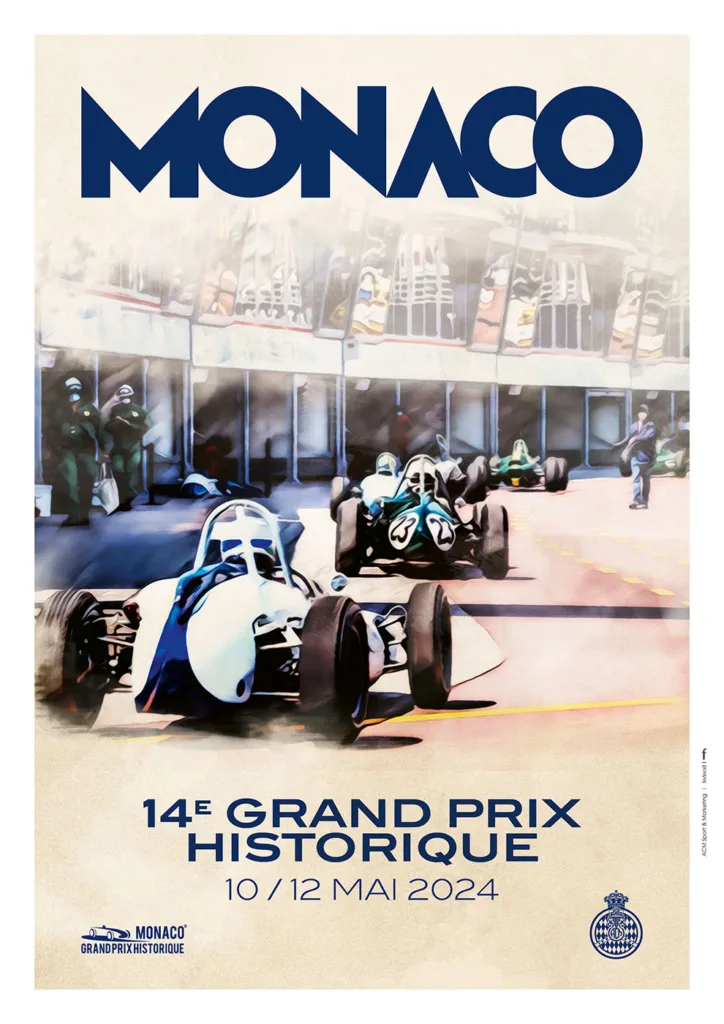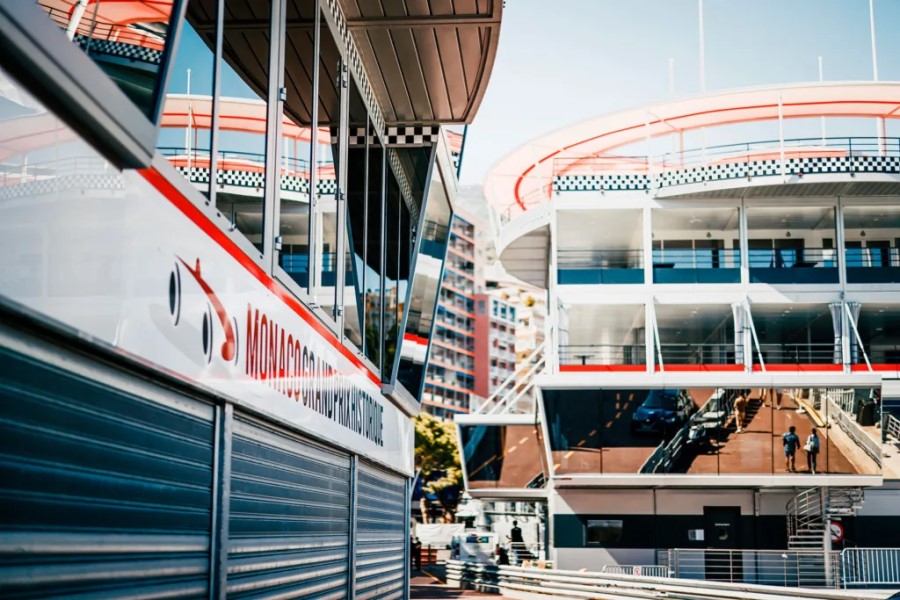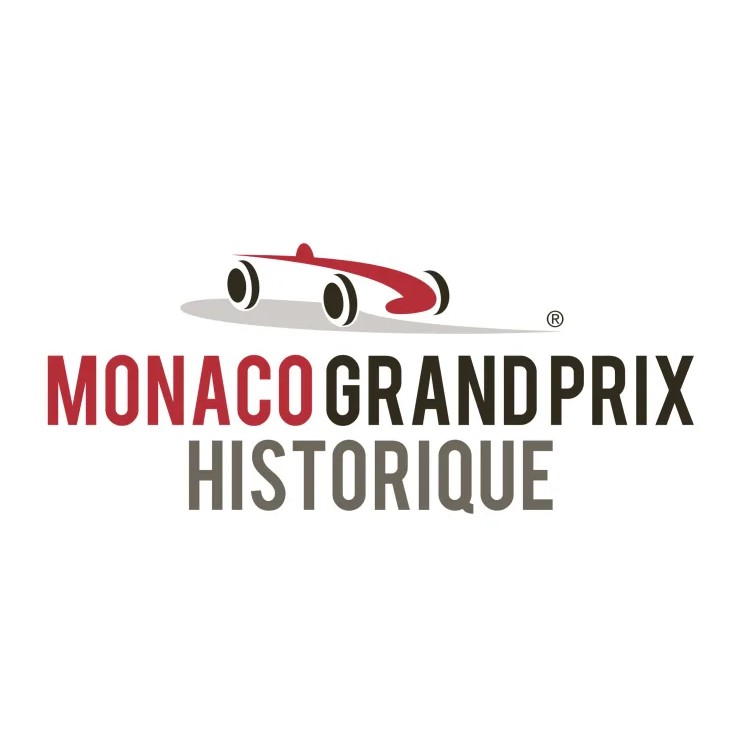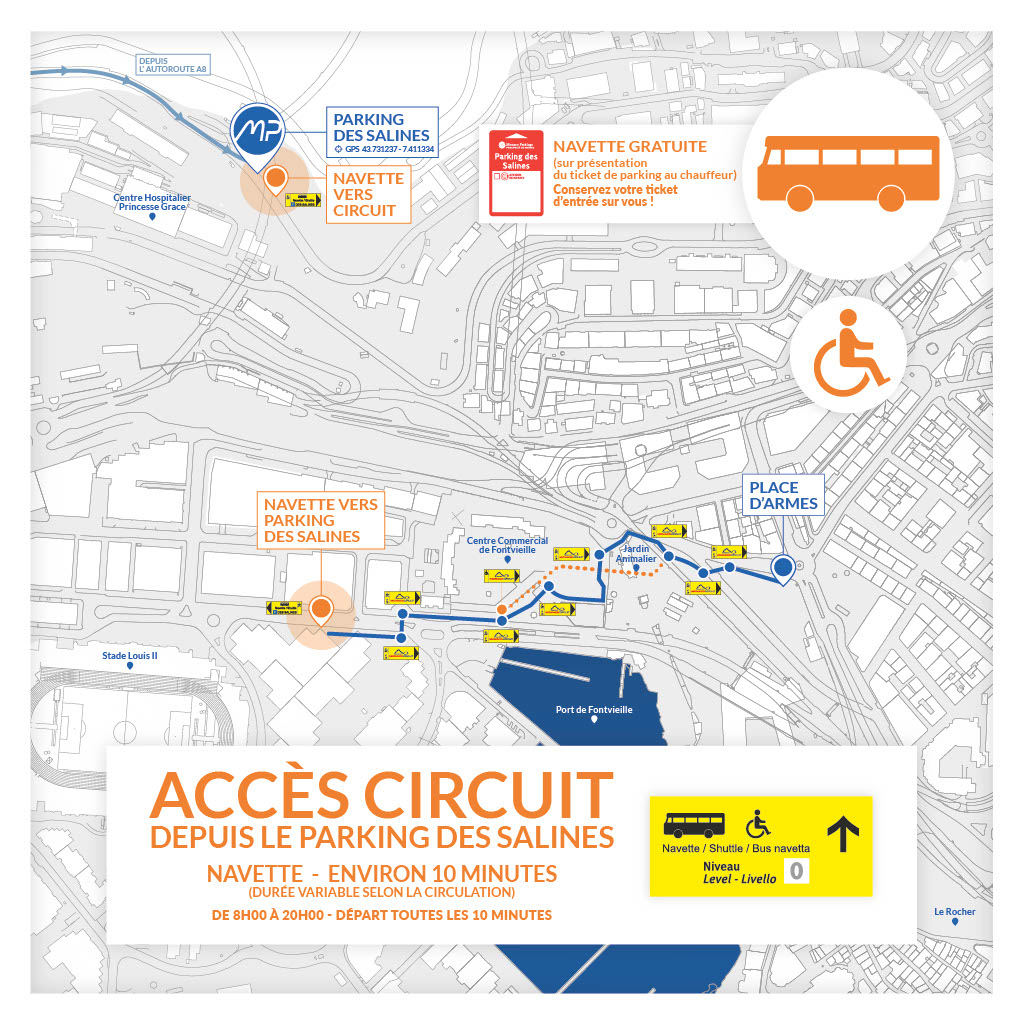From 10 to 12 May 2024, the Grand Prix de Monaco Historique will see
classic racing cars speed along the legendary circuit that winds through the
streets of the Principality, in what is now a traditional annual tribute to
motor sport of yesteryear.
A step back in time
Organised by the Automobile Club de Monaco (ACM)
since 1997, the Grand Prix de Monaco Historique is held every two years ahead
of the Formula 1 Grand Prix. Today, it is an essential event for classic car
collectors and enthusiasts from all over the world and has grown steadily in
popularity, with bigger crowds flocking to Monaco every year to admire the
vintage racing cars.
Last year marked the 70th anniversary of the only non-championship Monaco Grand
Prix meeting, reserved exclusively for cars in the “sport” category, rather
than modern-style single-seaterss.

Spectators can look forward to a spectacular
series of races, each featuring a different class of exceptionally rare
vehicles.
Over the course of three days, the competitors will share their passion for
top-class sport under real race conditions. And of course, there will be the
distinctive noise and smell of vintage racing cars in the heart of the
Principality of Monaco, on the iconic circuit where 80% of the straights and
turns remain exactly as they were back in 1929, and are still used every year
for the most glamorous Grand Prix of the Formula 1 World Championship.

A celebration of motor sport
Following the resounding success of last year’s
meeting, the Organising Committee of the Automobile Club de Monaco (ACM) has
decided to leave the event format unchanged, with the same eight series and
classes for 2024. Highlights will include tributes and anniversary celebrations
during real races in the authentic and majestic setting of the Principality’s
circuit.

This 14th edition of GP de Monaco Historique is
set to turn several pages in motor racing history. A decade-by-decade
look back at some of the cars and drivers to have graced the circuit in Monaco
since 1924 includes some legendary names!

1,800 new parking spaces
Spectators arriving by car can now enjoy easier access
to the circuit and special rates by using the new "Parking des
Salines" car park at the western entrance to the Principality, opposite
the Exotic Garden.
From the car park, it's just a 15 minute walk to the
circuit via the Galerie des Salines. Simply follow the signposts.
Alternatively, use one of the free shuttle buses laid on by Monaco's bus
operator CAM. You will just need to show your car park ticket on boarding.
The buses will run ever ten minutes from 8 am to 8 pm,
between the Parking des Salines and Avenue Albert II in Fontvieille. Spectators
can then walk to the Place d'Armes and the F1 circuit in minutes, or use the
elevators.
Spectators with reduced mobility are encouraged to use
this solution if possiblen.
For more details, visit the car park website: Parking des Salines

For more information, visit the ACM website
Photo credits:
©ACM / affiche : ACM&Alain Giampaoli / Caenen Olivier - ACM